I am using RegionPlot3D in Mathematica to visualise some inequalities. As the inequalities are homogeneous in the coordinates they are uniquely determined by their intersection with the unit sphere. This gives some two-dimensional regions on the surface of the sphere which I would like to plot. My question is how?
If requested I would be more than happy to provide some Mathematica code; although I believe that the answer should be independent on the details of the regions I'm trying to plot.
Thanks in advance!
Update: In case anyone is interested, I have recently finished a paper in which I used Sasha's answer below in order to make some plots. The paper is Symmetric M-theory backgrounds and was arXived last week. It contains plots such as this one:

Thanks again!


